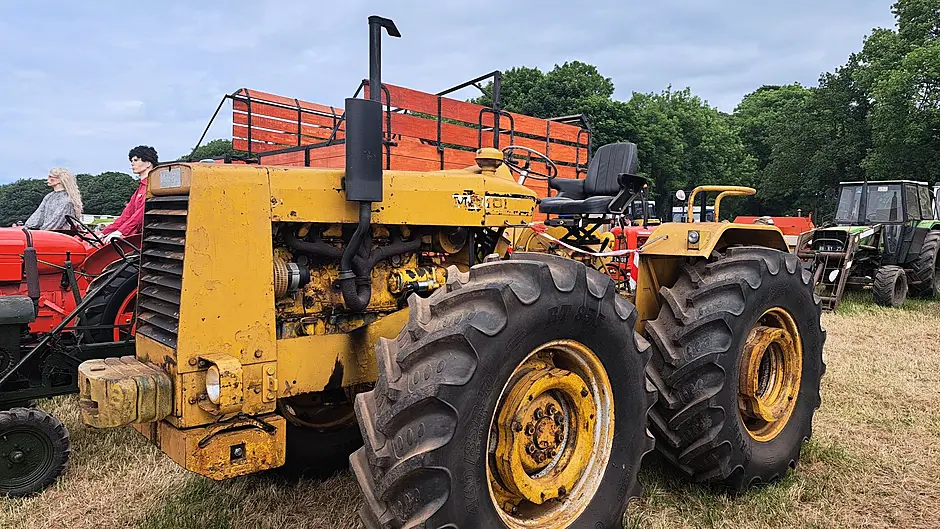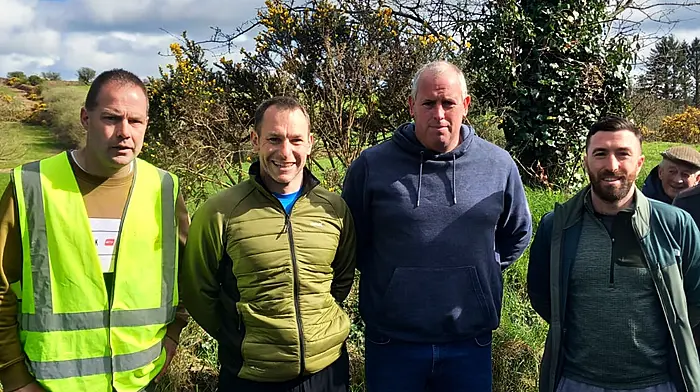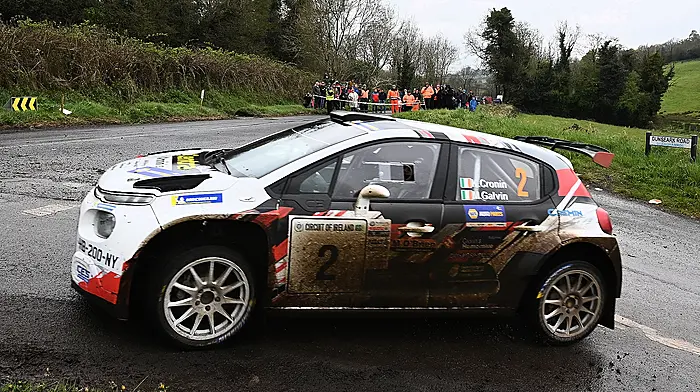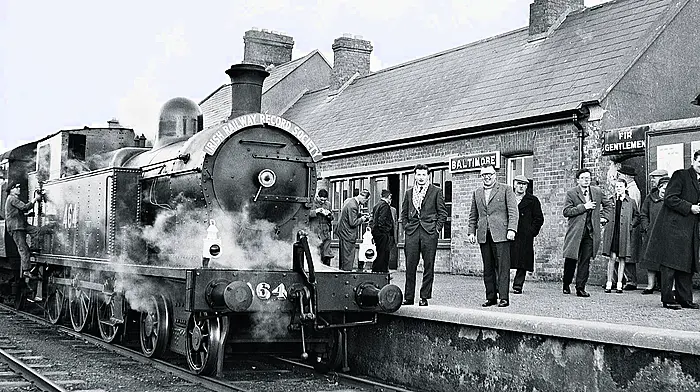
MUIR Hill started designing tractors, as well as industrial equipment, for farmers and contractors looking for a 4wd solution for working high, heavy or challenging terrain.
In the 1960s and early 70s, tractor manufacturers produced tractors in a two-wheel drive format, with four-wheel drive being considered a niche market.
Demand for four-wheel drive tractors grew, especially as the advantages of mechanically driven front wheels became increasing apparent, yet it took many mainstream manufacturers a number of years to realise the significance. This niche market was occupied by a number of companies including Northrop and Roadless, but was mainly dominated by Muir Hill and County.
Manufactured in Gloucester, Muir Hills are instantly recognisable by their yellow and white paintwork, straight line styling and equal size wheels. Muir Hill took elements of the Ford tractors – mainly rear axles and gearboxes – mated them with powerful Perkins or Ford engines and created their own four-wheel drive tractor around them. Muir Hill designed their own bodywork for their tractors.
Launched in 1966, the Muir Hill 101, is powered by a Ford industrial 5.9l engine producing a considerable 101hp. The 101 weighs just over 4 tons, with a similar lift capacity and features Muir Hills in-house designed axles with hydraulic brakes and hydraulically operated differential locks on both axles, as well as CV joints on the front hubs allowing for traction through a wide arc of movement. Muir Hill also modified the Ford gearbox with heavier bearings. The engine of the 101 was later upgraded in 1971 to the Ford 2715E, which increased power to 120hp.
The Muir Hill had two trump cards. Firstly, the tight turning circle of 16ft makes it quite manoeuvrable. While County employed a drive shaft to each front hub, Muir Hill used a central drive shaft to the front axle which greatly improved manoeuvrability. Dual ram hydrostatic steering was another added benefit.
Secondly, Muir Hill used a dropdown transfer gearbox which sends drive to the front axle from the Ford eight-speed transmission though a 14-inch clutch which helped to maintain height and 16 inches of ground clearance, its drive shaft nestled safely into the belly of the tractor.
The Muir Hill was marketed for heavy work in arduous conditions such as trenching or logging, but it soon found favour in a wide variety of applications such as ploughing or powering silage harvesters.
Contact Peter at [email protected] or see Instagram @flashphotoscork










